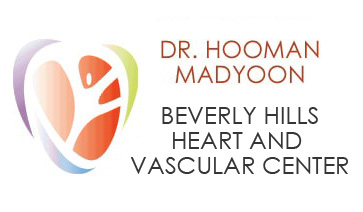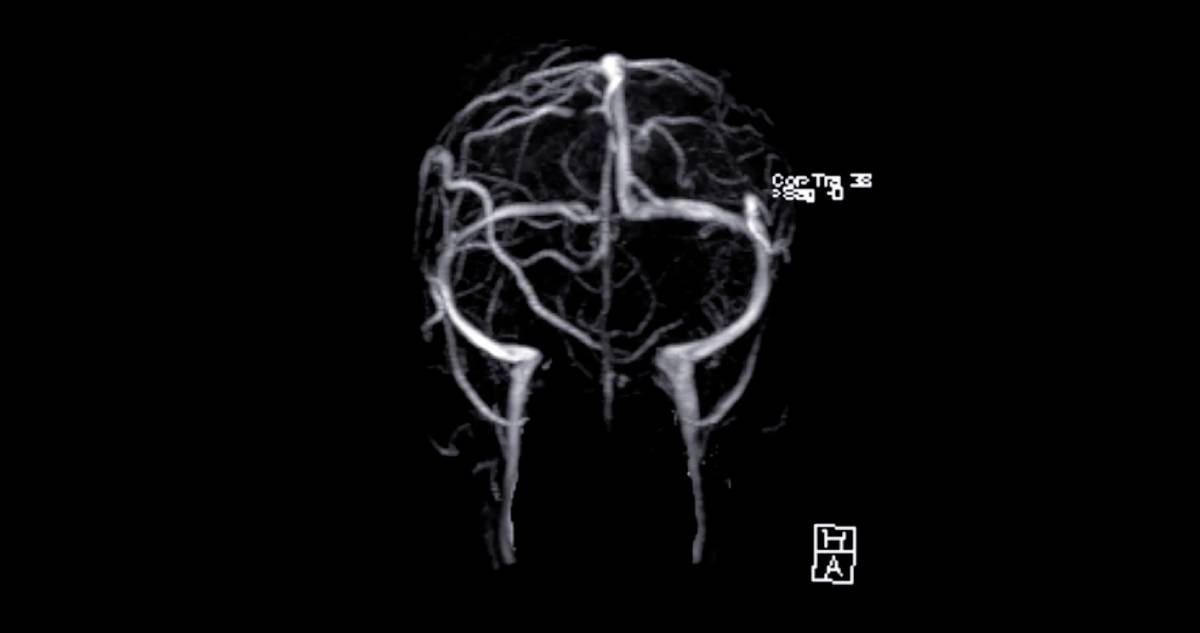Venography is a type of x-ray that uses a contrast material to show how blood flows through your veins. This type of procedure is often used to attempt to find blood clots or find varicose veins prior to surgery. Is CT venography safe?
Is CT Venography Safe?
Venography is generally considered to be a safe procedure, but there are some precautions to take in order to ensure that the procedure goes as smoothly as possible. Some of these precautions include not eating or drinking anything for a few hours prior to the operation, wearing comfortable clothing, and wearing a medical gown.
If you have a CT venography scheduled and would like to know more about this process, take a look at this overview of the procedure.
CT Venography Basics
During venography, a cardiovascular specialist uses a procedure called a venogram to find abnormalities in the bloodstream. This is achieved through injecting a contrast material into a vein to illustrate how the blood is flowing. This can help a physician determine the overall health of one’s veins.
X-rays themselves are one of modern medicine’s most trustworthy forms of medical imaging. They are able to produce images of the inside of the body through the use of ionizing radiation. There are many different uses for a venogram, which includes some of the following:
- Find blood clots in the veins
- Make an assessment of varicose veins prior to surgery
- Assess the status of a vein or multiple veins
- Find a vein to use for a bypass procedure or for dialysis
- Help a physician place an IV or other medical device inside a vein
- Help with the treatment of diseased veins
Preparing for a Venography
There are several common preparations that are commonly recommended by physicians to help one prepare for venography. Some of the following are often brought up:
- Avoiding food or drink directly prior to your procedure
- Inform your doctor about any medications you’re taking
- Inform your doctor about any allergies that you have
- Tell your doctor about any illnesses or medical conditions you might have
- Inform your doctor if you are pregnant
Following all of these steps can help ensure that your procedure goes as safely and smoothly as possible.
How is the Procedure Performed?
A venogram will most likely be performed as an outpatient procedure. The procedure is done in the hospital x-ray department, in the interventional radiology suite of this area.
During the procedure, a patient lies on an x-ray table, with the table positioned to help the physician better glimpse whatever area of the body is being observed. They will examine the contrast material as it flows through the bloodstream and take several X-rays. They may require you to shift your position so that they can take pictures of your veins from multiple angles.
Your Results
The results of your venography will be observed by your supervising radiologist, who will then subsequently send the results to a specialist physician. The latter will discuss the results of your procedure in a more fully-fledged manner.
There are some risks that are associated with this procedure that a patient should be aware of. This includes some of the following:
- A slight risk of allergic reaction to the contrast material
- There is a risk of injury to the kidneys that can occur in reaction to the contrast injection. Patients who have kidney issues should inform their physicians and take special precautions prior to receiving treatment
- In rare occasions, deep vein thrombosis can occur
- Mildly abrasive phenomenons such as blood vessel damage, bruising, and bleeding can occur at the puncture site.
- Patients should take into consideration the fact that receiving multiple X-rays will inevitably involve doses of radiation. It should be noted, however, that your physicians will take care to use the lowest radiation doses possible over the course of the procedure. This should minimize the associated health risks.
The accuracy of a venogram can be impacted if you are unable to sit still during a procedure, so remaining still should be one of your priorities while you receive treatment. In some situations, an ultrasound is the preferred procedure due to the fact that it has fewer risks and side effects than receiving multiple X-rays.
The Cardiovascular Specialist of Beverly Hills
Dr. Hooman Madyoon and his award-winning team are dedicated to offering the residents of Beverly Hills the best in cardiovascular health. If you’re interested in learning whether a CT venography can assist you and your medical situation, contact our cardiovascular specialist today to set up an appointment.

